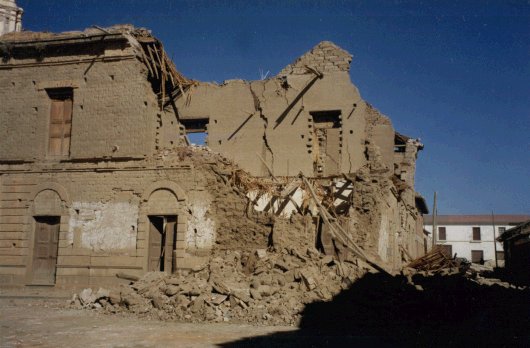It might seem like a good idea to prevent people from building on land where active earthquake faults run. But experience in California with just such a land-use law, enacted in 1972, shows it’s having unintended effects.
Some of those strips of hazardous land have become greenbelts that attract high-value homes and wealthy people, according to a study published in the journal Earth’s Future and mentioned in KQED’s Science blog.
“We were astonished to discover the correlation between fault-zone parks and greenways – and high-priced housing,” says Ramon Arrowsmith, professor of geology in Arizona State University’s School of Earth and Space Exploration (SESE). He is a co-author of the study, along with Christopher Boone from ASU’s School of Sustainability and Nathan Toké from Utah Valley University, Orem, the lead author of the study. (Toké received his PhD from SESE in 2011.)
The researchers anticipated that the areas next to active fault zones would have become stigmatized and avoided by wealthy people. The team expected to find them occupied mostly by poor and socially vulnerable populations.
In fact, the opposite happened for the most part. Removing areas from the possibility of new construction led developers to build additional park space adjacent to the hazard zones. Parks and greenspace are seen as environmental amenities, and this made them more desirable, despite the known seismic risks. This was especially true in the parks-poor city of Los Angeles.
Transforming zones of natural hazard into amenities attracted populations of relatively high social status. The team concluded that the distribution of social vulnerability is sometimes more strongly tied to amenities than to hazards.
Arrowsmith says, “I was surprised with the unintended consequences of the hazard maps. These actually produced attractive greenbelts and open space, and thus higher value real estate and associated demographic implications.”


